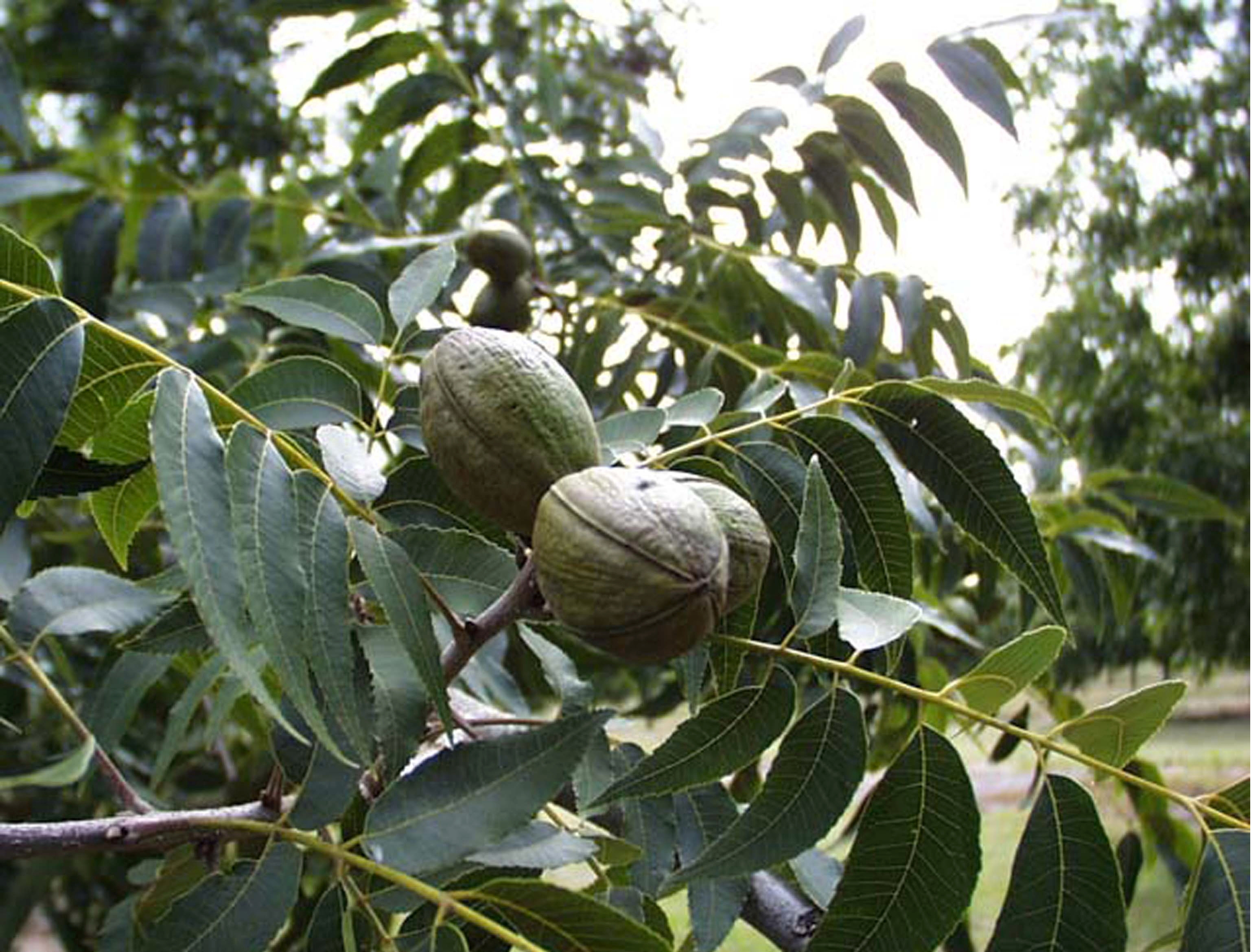 Height: 75 feet -100 feet
Height: 75 feet -100 feet
Spread: 40 feet -70 feet
Type: Large shade tree
Origin: Iowa and Indiana south to Texas and Mexico. Grows in a majority of Oklahoma counties
Exposure: Full sun
Water: Medium to moist
Edible: Pecans are one of the most reliable and abundant nut producing trees in our state. The nuts are full of healthy fats, a good amount of protein, and many vitamins and minterals. They are very high in calories which make them a good survival and self sufficiency food. Pecan pies are hard to beat!
Medicinal: the bark and the leaves are astringent, a decoction of the bark has been used to treat tuberculosis, and the pulverized leaves can be used to treat ringworm
Companions: Chasmanthium latifolium (river oats), Carex albicans (white tinged sedge), Aquillegia Canadensis (colombine), Heuchera, Cercis canadensis (redbud), Amelanchier (serviceberry)
Notes: The pecan tree is the largest of the hickories and is typically found in lowlands where there are rich, moist soils. The wood is used for furniture, flooring, veneer, and charcoal for smokng meats. It is a difficult tree to transplant and is slow growing. Not ideal natural borders but instead great for shade tree and for the delicious nuts it produces. The oddly pinnate leaves are somewhat spread out and therefore provide a nice dappled shade that allows enough light for woodland garden plants. Fall color in good years is a lovely gold or bright yellow. Pecan limbs tend to be susceptible to breakage during storms but overall, given proper sighting, Pecans are a long lived shade tree worthy of any large yard or property.

